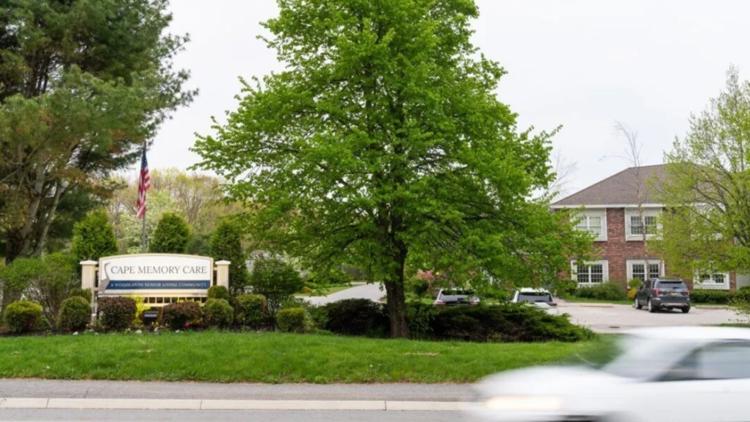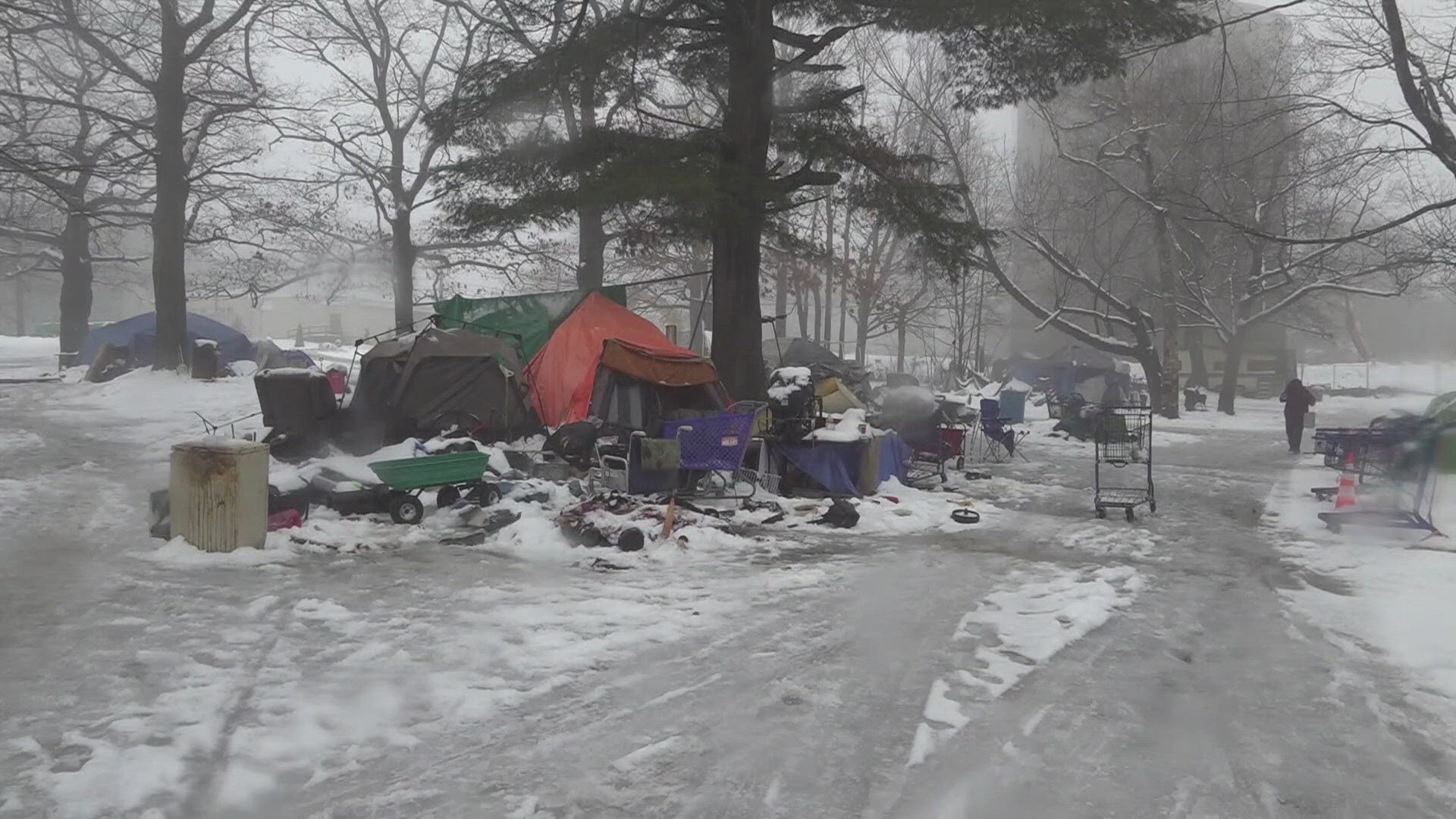MAINE, USA — In the first major update to assisted living and residential care regulations in more than 15 years, the Maine Department of Health and Human Services has proposed significantly increasing staffing requirements, among other changes.
Advocates have applauded this step as necessary to meet residents’ increasing medical needs and address gaps in care, but facility representatives say the associated costs could lead to “catastrophic outcomes.”
During a public hearing earlier this month, the department proposed big changes to the current staffing ratios, including doubling the number of direct care workers at residential care facilities overnight and setting stricter rules in memory care units that go beyond the state and federal staffing requirements at nursing homes.
The new expectations, which are not accompanied by additional funding, came as a surprise to most in the industry, who thought the regulations would be limited to the licensing structure.
The proposed updates come after an 18-month investigation into the state’s largest residential care facilities published by The Maine Monitor and ProPublica found dozens of resident rights violations including abuse and neglect incidents, more than a hundred cases where residents wandered away from their facilities and hundreds of medication and treatment violations. Experts, advocates and providers said requiring higher staffing levels, better training and more nursing care would help address these problems.
Assisted living programs — which the state currently categorizes in 10 tiers — serve older Mainers, adults with intellectual and developmental disabilities and people with mental illness. These facilities offer less medical care than nursing homes but have expanded in recent years as people opt to live in more home-like and independent settings.
At the same time, the needs of residents in these facilities have “increased significantly,” said Brenda Gallant, Maine’s long-term care ombudsman, the state’s advocate for residents and their families. This is in part because nursing homes have closed and been converted to assisted living facilities, and because people are aging at home for longer, waiting until they’re older to move into a facility.
“Current regulations for assisted housing have not kept pace with the increasing needs of residents,” Gallant said. “This is an opportunity to improve the quality of care for residents that should not be missed.”
Facility owners and administrators, however, warned that increased staffing requirements will be difficult to meet due to workforce shortages. During the Nov. 13 public hearing, one resident services director in Saco said they have been trying to hire a nurse for more than two years. Another administrator said their last opening took two months to fill and when they finally hired, the candidate had “no qualifications” and required months of training.
Staffing levels
When the proposed changes were announced on Oct. 23, DHHS summarized them as simplifying the licensing process. As it stands, there are 10 different levels of assisted housing that vary depending on the number of beds, the needs of the population they serve and whether they accept MaineCare.
The proposal simplifies these 10 levels into two: assisted living facilities and residential care facilities. Assisted living facilities offer private apartments whereas residential care facilities are closer to nursing homes, with private or semi-private bedrooms.
“This simplified structure is designed to improve licensee understanding of and compliance with the rule,” DHHS said in its announcement. “The provisions of the proposed rule have been updated to reflect current best practices in assisted housing.”
It was these updates that took the facilities by surprise. The current staffing ratios for residential care facilities with more than 10 beds require one direct care worker for 12 residents during the day shift; one for 18 residents during the evening; and one to 30 overnight. Facilities with 10 or fewer beds must have at least one responsible adult present.

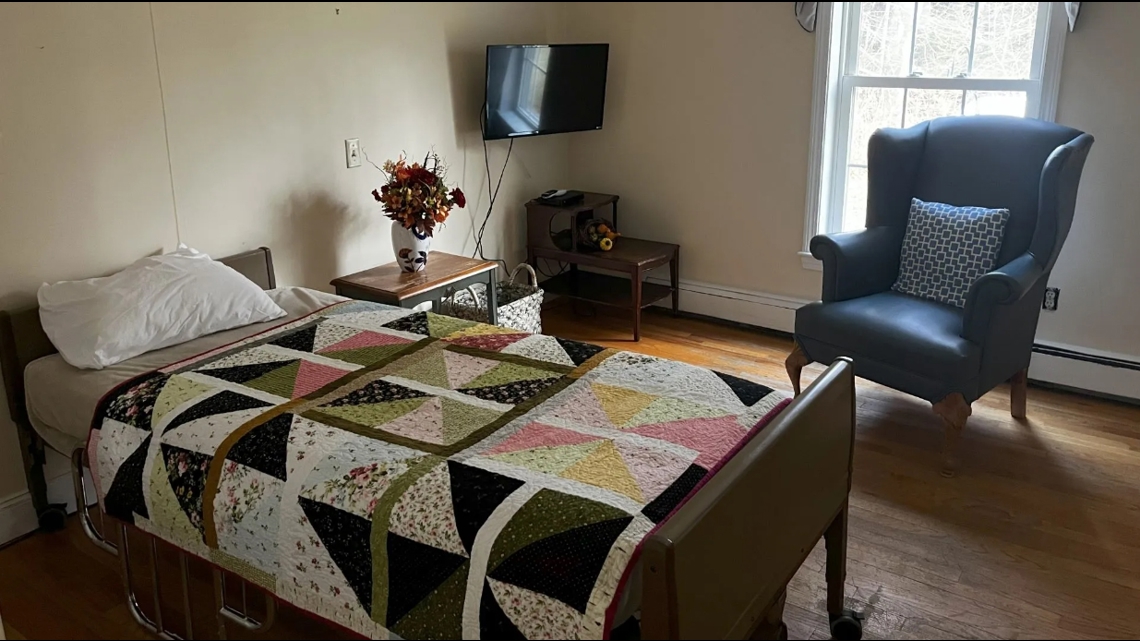
Under the proposed regulations, facilities with more than 10 beds would need to have one direct care worker for eight residents during the day and evening shifts; and one for 15 residents overnight. Facilities with 10 or fewer beds would need to have at least two responsible adults on duty at all times.
The proposed staffing requirements for memory care units are stricter: one direct care worker to five residents during the day and evening shifts; and one worker to 10 residents on night shifts. These staff ratios would be more than what is required in nursing homes.
The update stipulates that memory care units must also have one additional employee during the day shift “who is delegated to provide direct observation of residents and who does not have additional assigned duties.” At the public hearing, providers expressed confusion about the role of this employee and said it would be a challenge to keep the responsibilities so narrow.
Experts and advocates have told The Monitor that residents with Alzheimer’s disease and other dementias are among the most vulnerable because they can have a tendency to wander. During the course of The Monitor’s investigation one facility owner called the current staffing requirement “scary,” “unsafe” and “completely inadequate.”
Gallant, the long-term care ombudsman, said staffing problems in residential care rank third among the most frequent complaints her program receives.
“The staffing numbers are a starting point and I expect there will be more discussion,” she said. “But the providers have to understand that they are taking care of more complex residents and staffing needs to reflect that.”
The proposed regulations also add a definition and required assessment for risk of “elopement,” or an incident in which a resident is “leaving a secure facility without authorization or supervision.” The Monitor and ProPublica found that there were at least 115 reported elopements at Maine residential care facilities from 2020 to 2022, according to state inspection records and a database of incidents reported to the health department.
Numerous providers said they were concerned that these regulations marked a step away from assisted housing as a “social model” towards a “medical model” more closely aligned with a nursing home. Yet some acknowledged that the needs of residents in these facilities have increased.
Gallant said the state estimated in recent years that between one-fourth and one-third of residents served in residential care would qualify for a nursing home — at least 26 of which have closed in Maine over the last decade.
Mark Kaplan, a physician who has patients in assisted housing facilities, said he has seen the residents’ needs grow. Within one week, he saw a resident with end-stage liver disease waiting for a liver transplant, another who was on dialysis, and another who had COPD and heart disease.
‘Significant new costs’
The changes came as “quite a shock,” said Angela Cole Westhoff, president and CEO of the Maine Health Care Association, which represents nursing homes and assisted living facilities across the state.
“The lack of communication contrasts starkly with the open dialogue with the department with respect to nursing facility rate reform, where comments, both positive and negative, have been welcomed as a vital part of the regulatory process,” Westhoff said in her testimony.
DHHS held a listening session on assisted housing changes last December and considered suggestions from the long-term care ombudsman. But aside from the listening session, Westhoff said there had been “zero communication with the affected providers about this rulemaking.”
Westhoff and facility administrators said they would be happy to participate in focus groups with the state to find solutions that would pose less of a financial burden. At the hearing, they repeatedly asked the state to “hit pause” on the process.
DHHS is required to present the proposed regulations to lawmakers by Jan. 10 in order for them to be reviewed and approved during the upcoming legislative session. A DHHS spokesperson did not respond to questions about what would happen if it missed that deadline in favor of more discussion.
The staffing requirements will mean adding about 2,000 more direct care workers, according to estimates from MHCA.

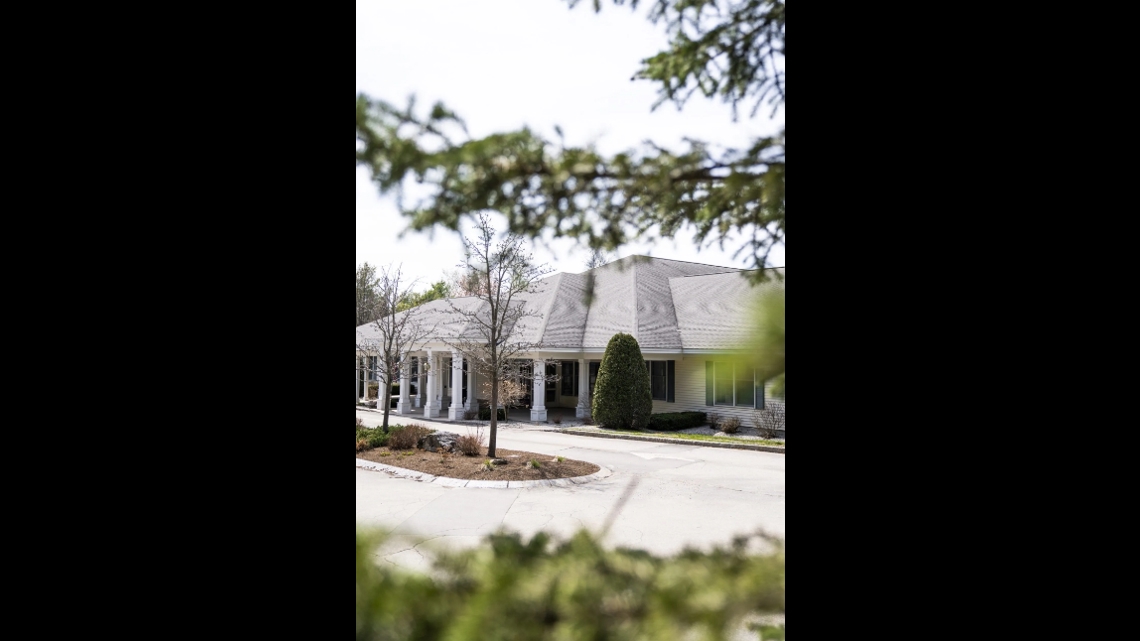
“This industry is not financially positioned to incur significant new costs without a corresponding increase in MaineCare spending and private pay pricing,” Westhoff said. “With the increased staffing and other costs that the new rule would impose, assisted living and residential care facilities will be further financially strained.”
During the three-hour public hearing, providers strongly disputed DHHS’s assertion that the rule was expected to have “minimal fiscal impact on licensed providers.”
DLTC Healthcare & Bella Point, which owns and operates 17 residential care facilities, estimated the change would cost an additional $108,000 for each 30-bed facility.
The director of finance and human resources for Schooner Retirement Community, Schooner Memory Care and Fallbrook Woods estimated the three facilities would need to add 68 full-time-equivalent employees, totaling $4.5 million.
Woodlands Senior Living, which operates 16 facilities in Maine, said it would need to hire more than 300 staff members across its facilities, totaling nearly $13 million.
Many providers said they would likely have to pass these costs on to residents unless the regulations came with an increase in MaineCare reimbursement from the state.
DHHS spokesperson Lindsay Hammes said the department could not comment during the rulemaking process and noted that the proposals could change based on public comments, which are being accepted until Nov. 25.
Encroaching regulations
Island Commons, a 7-bed non-profit facility on Chebeague Island, said it already runs a deficit of $150,000 annually due to low MaineCare reimbursement, which it offsets by fundraising every year. The facility estimates that increased staffing requirements would add another $190,000.
Four of the facility’s beds typically go to MaineCare residents, and the other three are private pay, said Amy Rich, the administrator. The added costs would likely increase the private rates by 30 to 40 percent to about $325 a day. This would be “untenable” for those residents, said Nancy Olney, the community outreach manager.
Increasing rates would cause private-pay residents to spend down their savings faster, which would put them onto MaineCare sooner, Rich said. She added that many facilities are already dropping MaineCare beds because of the costs.

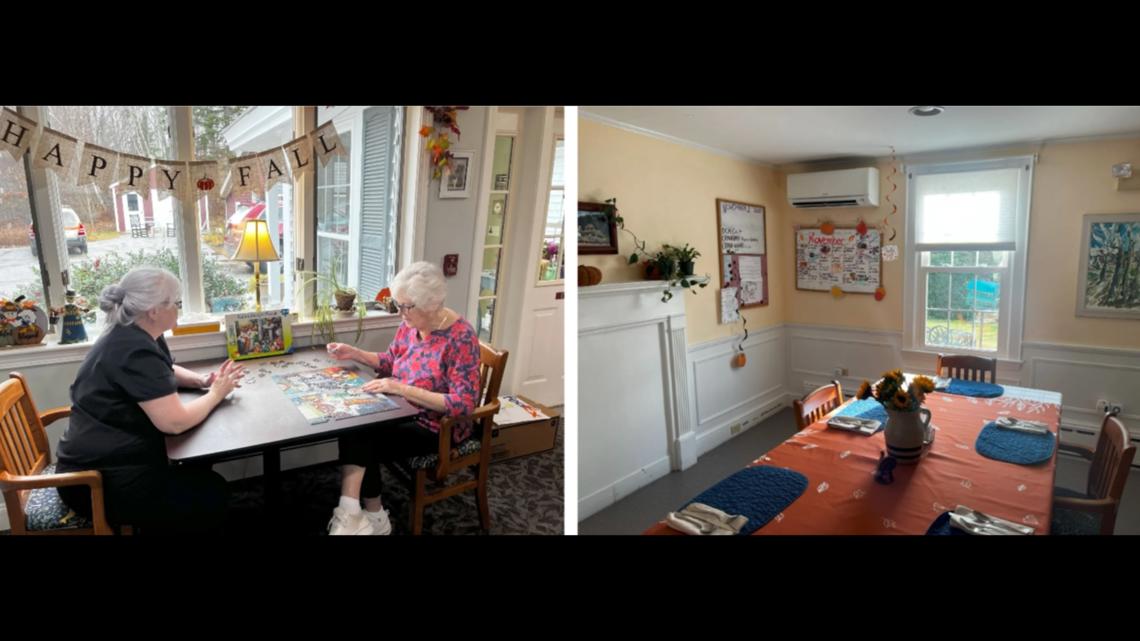
Rich said the proposed regulations are “encroaching” into the nursing home realm. Her facility would be required to have a license for its adult day care program; a registered nurse would be required to help write training policies; and she would need to add another direct care worker around the clock.
She sees the proposed regulations as moving away from allowing facilities to rely on what she called a universal worker: someone who is a cook or cleaner but also a certified residential medication aide who can help out when needed.
“It’s so clinical,” she said.
While she acknowledged that some facilities are having trouble addressing residents’ growing medical needs, she doesn’t think the solution is for DHHS to introduce significant changes without provider input.
A better approach, she said, would be to require facilities with repeat problems to increase their staffing, rather than changing the ratios across the board for facilities like Island Commons, which hasn’t been cited for any deficiencies in recent years.
When asked about whether doubling the staff would impact her, Helen Nannery, a resident at Island Commons, said it could mean more activities. Janet Martin, another resident, added: “It’s better. You’d have more workers.”
Rich acknowledged the work day is easier when they have more people on duty: “It is great. It’s just not feasible because of the financial impact.”
‘The stakes here are high’
While testimony at the public hearing consisted largely of facility owners and administrators who opposed the proposed regulations, Gallant, the long-term care ombudsman, and a representative from Legal Services for the Maine Elders both testified in support. AARP Maine told The Monitor it also planned to support the rule changes.
A survey of direct care workers in assisted living and residential care facilities across the state found that most workers would like to see increased staffing, said Nicole Marchesi, who works in the ombudsman’s office. Increasing staff ratios can help prevent burnout and turnover, she said.
“Staff tell us they do not feel they are leaving their shift providing quality care because of the current staffing ratios,” Marchesi said. “These staff continue to express the frustration around caring for residents who are nursing home level of care in assisted living. When staffing is insufficient, resident safety is jeopardized.”
The long-term care ombudsman and Legal Services for Maine Elders also recommended having license renewal and survey inspections completed annually, rather than every two years, and creating a standard practice to follow up on plans of correction when facilities are cited for deficiencies.
In our investigation, The Monitor found that DHHS rarely sanctioned facilities in cases where residents unsafely wandered away — in the vast majority of cases, investigators never inspected the facilities, conducting only a desk review or no investigation at all.
Gallant, the ombudsman, also asked DHHS to publish survey results on its website and make the website more user-friendly so residents and families can better access the information and compare facilities.
“The stakes here are high,” wrote John Brautigam on behalf of Legal Services for Maine Elders. “These rules have the potential to prevent neglect, improve health outcomes, and foster environments where residents feel valued and safe. We owe it to them to ensure these protections are as strong as possible.”


